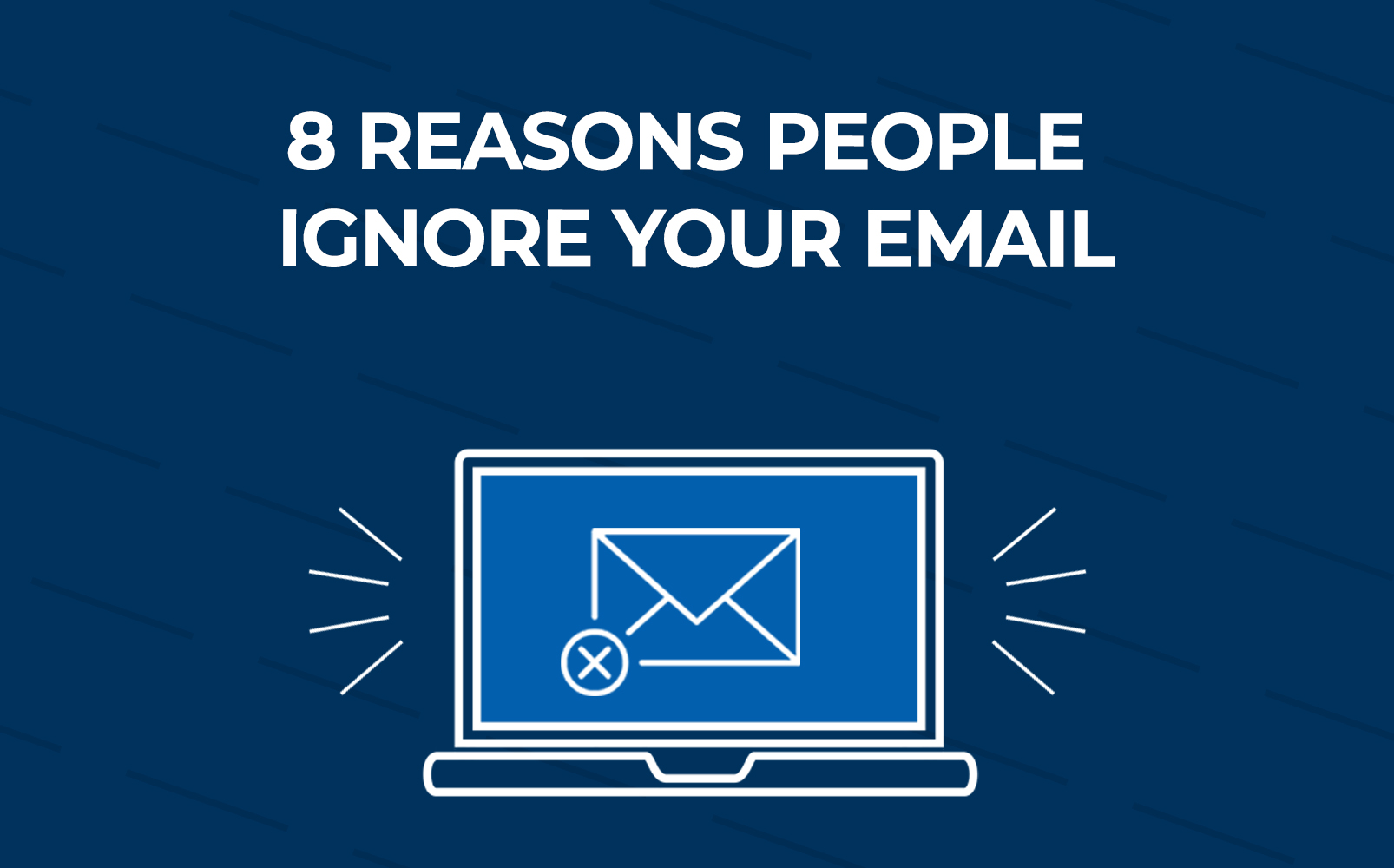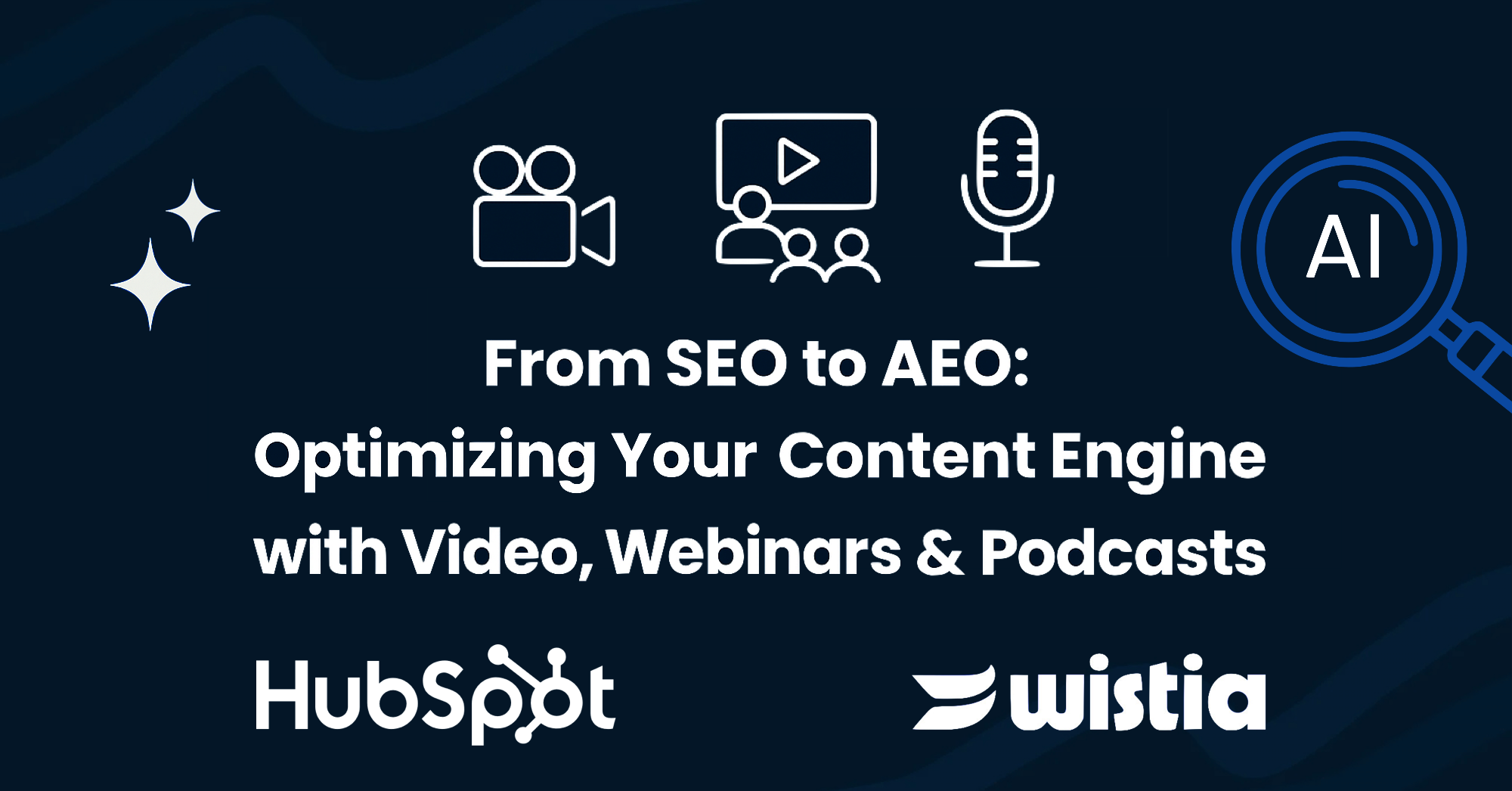Email marketing is one of the most effective ways to engage your audience—when done right. Whether you're nurturing leads, driving conversions, or keeping customers in the loop, your emails need to stand out in an overcrowded inbox.
But if your emails are getting ignored, it’s not just a missed opportunity—it could be hurting your sender reputation. Low engagement signals to email providers that your messages aren’t valuable, increasing the chances of them landing in spam instead of inboxes. The more this happens, the harder it becomes to reach your audience at all.
If people aren’t opening, reading, or clicking your emails, it’s time to diagnose the issue. Let’s dive into the most common reasons your emails are getting ignored—and how to fix them.
1. Your Emails Look Like Spam
If your email looks like spam, chances are it’ll be treated like spam—deleted or, worse, flagged. And when recipients mark your email as spam, it signals to their email service provider (ESP)—like Gmail, Outlook, or Yahoo—that your emails might not be trustworthy. Over time, this can tank your sender reputation and make it even harder to land in inboxes.
Spam filters are smarter than ever, automatically blocking emails that seem overly promotional or misleading. And let’s be honest—most people rarely check their spam folder. Once your email lands there, it’s as good as gone.
How to Make Your Emails Look Less Like Spam:
- Don’t confuse your reader: When writing headlines or subject lines, make sure they match the content in the body of the email. If it doesn’t, people may feel duped and report your message.
- Make sure your emails are on-brand: One of the biggest reasons people mark emails as spam? They don’t remember signing up. Even if they did, an unfamiliar design or sender name can make your email look suspicious. Keep your branding consistent with what users saw when they subscribed, and make sure your sender name is clear.
- Watch for trigger words: Spam is well-known by now and there are a few words that people and algorithms look for to decide if you’re spam or not. These include things like winner, congratulations, cancel any time, click here, etc.
2. Your Emails Are Too Long
No one opens an email hoping for an essay. If your message is buried under walls of text, readers are more likely to close it than engage with it.
Get to the point. In today’s fast-paced digital world, attention spans are limited. The ideal email length is around 200 words—long enough to provide value, but concise enough to maintain engagement.
How to Keep Your Emails Clear and Effective:
- Eliminate unnecessary content: Every word should serve a purpose. Remove filler phrases and focus only on essential information.
- Make it easy to skim: Use short paragraphs, bullet points, and bold text to highlight key points and improve readability.
- Guide readers to additional resources: If you need to share more information, use your email as a preview. Provide a link to a landing page, blog post, or downloadable resource where interested readers can learn more.
3. Your Emails Lack Context
When someone receives an email from you, they should immediately understand why they’re getting it. Ensure your emails are relevant to the recipient and sent with permission. If a contact hasn’t explicitly opted in—such as by filling out a form on your website or subscribing to your list—sending them marketing emails can damage your sender reputation and reduce engagement.
How to Ensure Your Emails Have Context:
- Send emails to the right audience: Every email should align with the recipient’s interests, actions, or previous interactions with your brand.
- Get clear permission: Use proper opt-in methods to ensure recipients have agreed to receive communications from you. Avoid purchasing email lists or sending unsolicited marketing emails.
- Provide immediate clarity: Your subject line, sender name, and email content should make it clear who you are, why you're reaching out, and what value the email provides.
4. Your Emails Aren’t Personalized
A one-size-fits-all approach doesn’t work in email marketing. If your emails feel generic or impersonal, they’re more likely to be ignored—or deleted before they’re even opened. People engage with content that feels relevant to them, so personalization is key to improving performance.
Start by segmenting your audience based on interests, behavior, or demographics. This allows you to tailor content to specific groups rather than sending the same message to your entire database. Additionally, use personalization tokens—such as including the recipient’s first name—to create a more human and engaging experience.
5. Your Emails Are Overly Personal
While personalization can boost engagement, there’s a fine line between making an email feel tailored and making it feel intrusive. Overly personal messages—especially from a brand a recipient hasn’t interacted with much—can come across as unnatural or even off-putting.
Consider where the recipient is in their buyer’s journey before adding personalization elements. A new lead who has just signed up for a newsletter may not respond well to excessive familiarity, whereas a long-time customer might appreciate a more personalized touch.
6. Your Emails Require Too Much Effort
Even the most engaging emails can lose a reader if taking the next step feels like a hassle. If responding to your email requires too much effort—whether it’s navigating a complex process, hunting for missing information, or jumping through unnecessary hoops—people will quickly lose interest.
Make it easy for them. Clearly state what action you want the recipient to take and streamline the process as much as possible. Include direct links, eliminate unnecessary steps, and ensure the next step is simple, fast, and frustration-free.
7. Your Emails Never Reached The Inbox
Sometimes, emails don’t get ignored—they simply never make it to the recipient. Delivery failures can happen for several reasons, but the most common culprits are hard bounces and soft bounces.
- Hard Bounce: A permanent delivery failure, meaning the email address is invalid or no longer in use. These emails will never be delivered.
- Soft Bounce: A temporary issue preventing delivery, such as a full inbox or an attachment that exceeds size limits. In many cases, the email will be retried before ultimately failing.
While soft bounces are often caused by recipient-side issues, hard bounces are more concerning because they can signal problems with your email list quality or sender reputation. Too many hard bounces can negatively impact your email deliverability over time.
How to Reduce Email Bounces:
- Regularly clean and update your email list to remove invalid addresses.
- Use a double opt-in process to ensure valid email submissions.
- Monitor bounce rates and remove hard-bounced emails to protect your sender reputation.
8. You Are Sending All Emails At The Same Time
Timing matters in email marketing. If you send all your emails at the same time, you risk getting buried under a flood of other messages—reducing the likelihood that your audience will see, open, and engage with them.
Not everyone checks their inbox at the same time, so a one-size-fits-all send time can lead to missed opportunities. Instead, consider optimizing your send times based on recipient behavior.
How to Improve Email Timing:
- Leverage AI-driven tools like Seventh Sense to analyze recipient engagement patterns and send emails at their most active times.
- A/B test different send times to determine when your audience is most likely to open and engage.
- Segment your audience based on time zones or industry-specific work schedules for better timing accuracy.
Staying ahead in email marketing requires constant optimization and a strategy tailored to your audience’s needs. If you’re ready to elevate your email campaigns, our team is here to help. Schedule a call with us today to explore how we can fine-tune your strategy for maximum impact.


-1-1.png)


